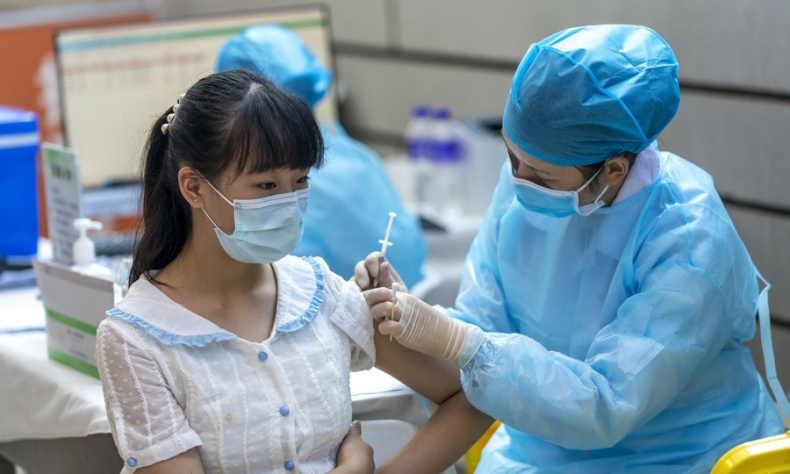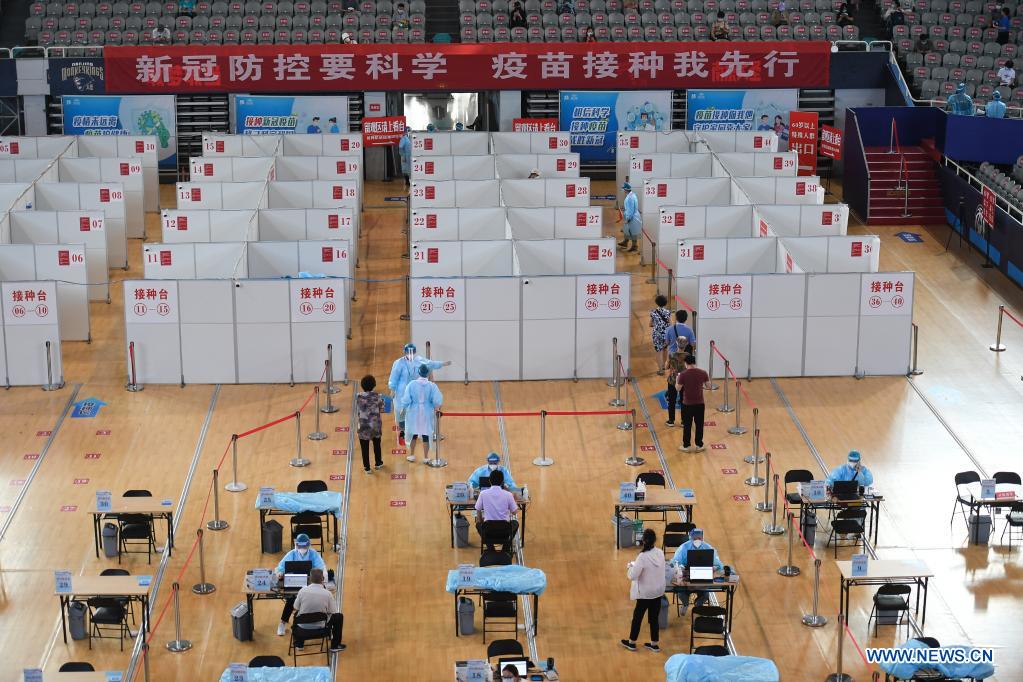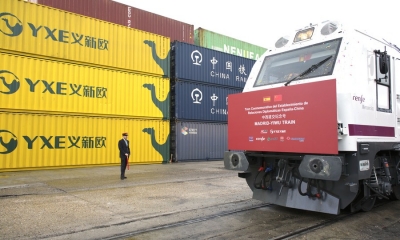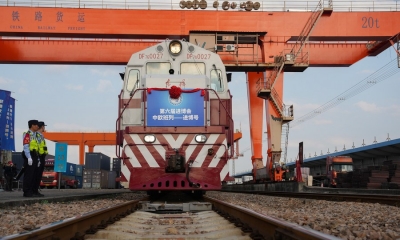Unyielding Resolve to Overcome Delta Variant Challenge

The country, governments at all levels, medical workers, volunteers and ordinary residents are all working together to fight the virus. Such unyielding resolve will bring the Delta variant under control as soon as possible.
As of present, many areas of China are waging a new battle against COVID-19 caused by the highly contagious Delta variant, which has wreaked havoc across the world. The variant has been found in some provinces, with small clusters of outbreaks in Nanjing and other cities, totalling around 300 confirmed cases as of Wednesday. Mass testing has been initiated in the impacted areas. It comes amid a fade in global optimism that the world can quickly overcome the pandemic, despite progress made in vaccines.
The Delta variant is a new challenge. Having contained COVID-19 successfully for well over a year, China will certainly not be beaten by the virus this time, not least because of what is at stake. However, the world at large has not been willing to properly observe and pay attention to how China continually overcomes the virus and mandates its pandemic prevention and control measures.
The experience in Wuhan in early 2020 was initially vilified by the Western mainstream media, yet it proved to be an enduringly successful lesson on how to save lives. The key was a strict and uncompromising lockdown coinciding with a universal testing system. Although the scale of what was implemented in Hubei has never been repeated, with each new COVID-19 cluster the government has pursued temporary, targeted shutdowns and required every single person in that given area to receive a test.

This might be called a “no stone unturned” strategy, which is able to flush out cases efficiently. The scope of testing blocks the path to wider community transmission and avoids bigger logistical obstacles if the virus were allowed to spread. It is based on the scientifically factual premise that the disease spreads asymptomatically and undetected. Therefore, if a case is traced in a neighborhood, the whole neighborhood is shut down, preventing the virus from spreading further. Moreover, the Chinese people, when needed, are prepared to wear masks, keep social distancing and follow the measures that are necessary to help contain the infection, so we must understand that the country’s pandemic prevention and control system cannot work in such an effective manner without support from its people.
As the nation fights COVID-19, it is still likewise pushing ahead with its vaccination drive which now amounts to over 1.7 billion doses distributed. Such an outbreak is an incentive to speed up. Scientific data so far is affirming the consensus in highly vaccinated countries such as the U.K., U.S. and Israel, that the rate of vaccination does not eradicate the virus entirely or prevent one from getting it. Nonetheless, vaccines do reduce the risk of severe disease, hospitalization and death. However, is this a justification to dump strict prevention and control policies? Absolutely not, not least because the risk of more contagious new variants remains high. A “live and let be” strategy continues to put people at risk.
In this case, China, despite its huge population size and density, has many favorable factors which will allow it yet again to facilitate a containment of COVID-19, as it has done time and time again. The country has already defeated the infection of the Delta variant once in Guangdong province, a task which is not an easy one given its population of 126 million.
The biggest potential weakness at present, is complacency, or “fatigue.” However, we aren’t seeing any of this in China. The country, governments at all levels, medical workers, volunteers and ordinary residents are all working together to fight the virus. Such unyielding resolve will bring the Delta variant under control as soon as possible.
 Facebook
Facebook
 Twitter
Twitter
 Linkedin
Linkedin
 Google +
Google +







